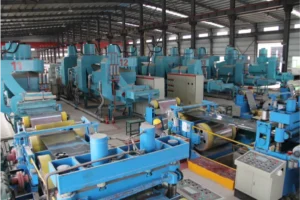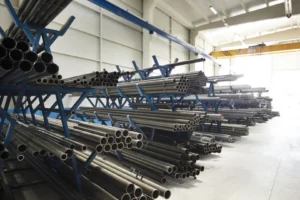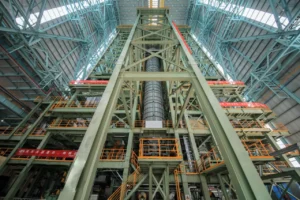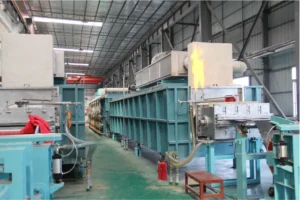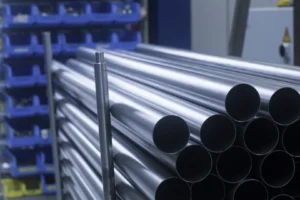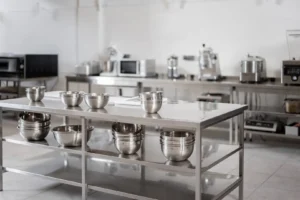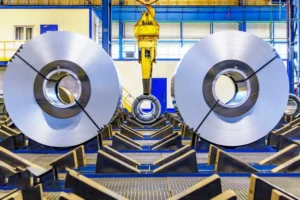How to Read a Stainless Steel Coil Grades Chart for Optimal Material Selection
Choosing the wrong stainless steel grade is a costly mistake. This error can lead to project failures and budget overruns, undermining your entire operation. Master the grades chart to win.
To read a stainless steel grades chart effectively, you must first understand the basic chemical composition, then identify key mechanical and corrosion properties, and finally compare grades against your specific application's environmental demands and budget to ensure the optimal balance of performance and cost.
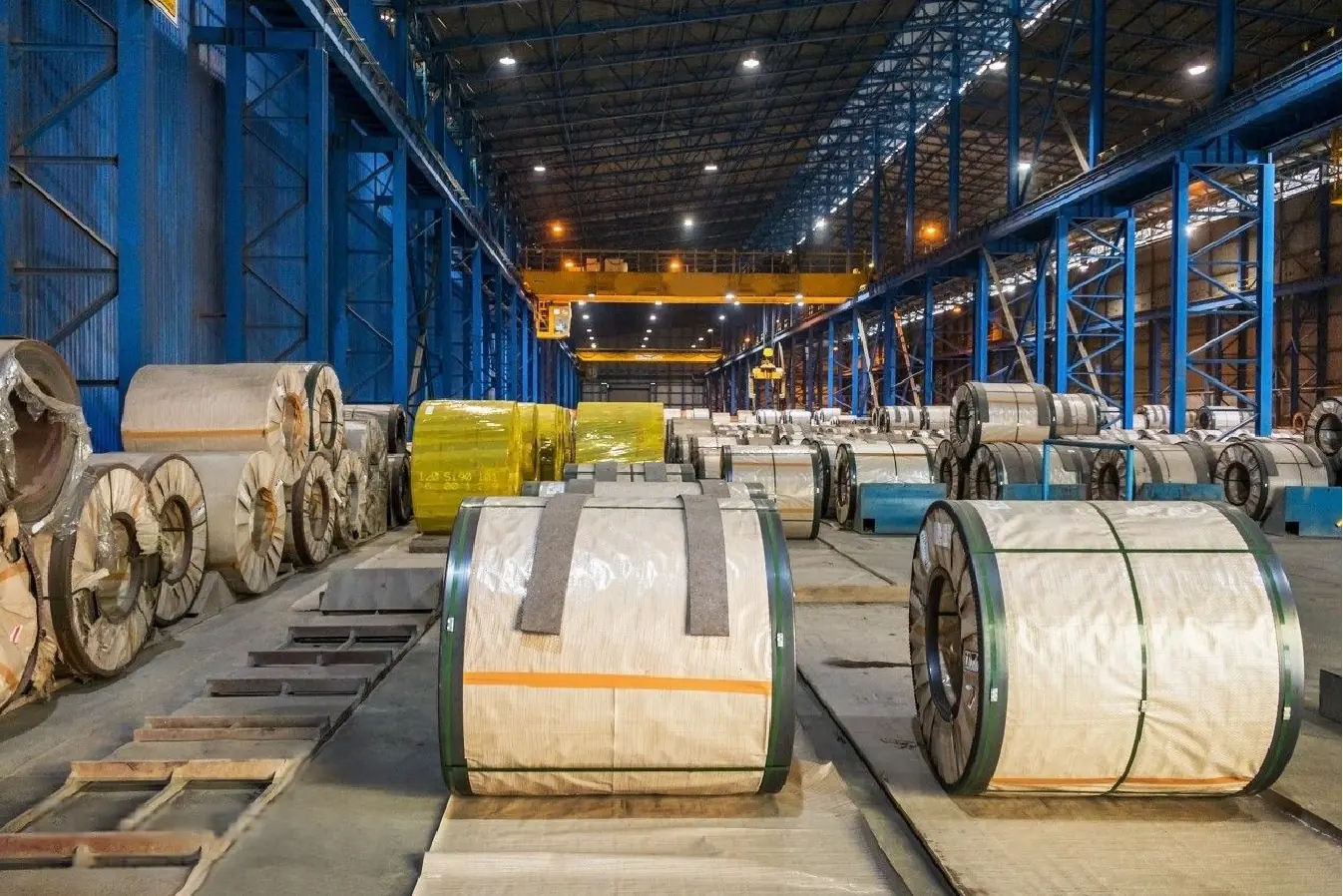
In my role at MFY, I've seen firsthand how a deep understanding of material specifications can transform a project from a liability into a benchmark for success. A grades chart isn't just a list of numbers; it's a strategic map. It guides you to the most efficient, durable, and cost-effective material for your needs. The ability to interpret this map is a critical skill for any professional in manufacturing, construction, or engineering. Let's walk through a clear, five-step process to decode these charts and empower your decision-making.
What Is the First Step to Understanding the Basic Composition of Stainless Steel Grades?
Grade numbers like 304 or 430 can seem like a secret code. This confusion often leads to guesswork and poor material choices. Start by learning the main families.
The first step is to understand the primary families of stainless steel—Austenitic, Ferritic, Martensitic, and Duplex. Each is defined by its crystalline structure and key alloying elements like chromium, which provides corrosion resistance, and nickel, which enhances formability and stability.

At its core, a stainless steel grade is a recipe. The percentages of different elements mixed with iron determine its final characteristics. Instead of getting lost in dozens of minor alloys, focus on the big picture. The industry is constantly evolving, with new alloy technologies emerging to meet demands for higher performance and sustainability. However, the fundamentals remain the same. Understanding the foundational families and their core components is the key to unlocking the entire chart. I always advise our partners to start here, as it builds a solid base for every decision that follows.
The Main Families
The grade numbers you see on a chart are not random. They are organized into families, with the 300-series and 400-series being the most common.
- Austenitic (300-Series, e.g., 304, 316): These are the most widely used grades. The addition of nickel makes them non-magnetic, highly formable, and exceptionally resistant to corrosion.
- Ferritic (400-Series, e.g., 430, 409): These grades have higher chromium content and low carbon, making them magnetic. They offer good corrosion resistance and are often more cost-effective as they don't contain expensive nickel.
Key Alloying Elements
Understanding the role of just a few key elements will clarify 90% of what you see on a chart.
| Element | Primary Function | Impact on Grade |
|---|---|---|
| Chromium (Cr) | Forms a passive, corrosion-resistant oxide layer. | The single most important element for "stainless" properties. |
| Nickel (Ni) | Stabilizes the austenitic structure, improves weldability. | A major driver of cost and a key differentiator for 300-series. |
| Molybdenum (Mo) | Enhances resistance to pitting and crevice corrosion. | Crucial for marine or chemical environments (e.g., in grade 316). |
| Carbon (C) | Increases hardness and strength. | Must be controlled to maintain weldability and corrosion resistance. |
How Do You Identify Key Properties in a Grades Chart?
A grades chart is dense with technical data. Overlooking key performance metrics because you're focused only on composition is a risk that can lead to unexpected material failure.
To identify key properties, scan the chart for columns detailing mechanical properties like Tensile Strength, Yield Strength, and Elongation. Also, look for indicators of corrosion and heat resistance, which are crucial for determining the material's durability in its intended environment.

Once you understand the basic chemical recipe, the next step is to see how that recipe performs under stress. This is where we move from theory to practical application. These properties tell you how the material will behave when it's pulled, bent, or exposed to harsh conditions. I remember a client in the automotive sector who almost chose a grade based on cost alone, completely ignoring the elongation value. We pointed out that their stamping process required a more ductile material to prevent cracking. That simple observation, based on reading the properties chart correctly, saved them from a production nightmare. It's a perfect example of how these numbers directly impact your operational success and help you balance quality with your budget.
Mechanical Properties to Watch
These values dictate how the material will respond to physical forces.
- Tensile Strength (UTS): The maximum stress a material can withstand before breaking.
- Yield Strength: The point at which the material begins to deform permanently.
- Elongation: A measure of ductility; how much a material can be stretched before it fractures.
Performance Under Pressure: A Quick Guide
This table breaks down what these key properties mean for your project.
| Property | What It Means | Why It Matters for You |
|---|---|---|
| Tensile Strength | How strong it is. | Essential for structural applications where the material bears a load. |
| Yield Strength | Its resistance to permanent bending. | Critical for parts that must maintain their shape under stress. |
| Elongation | How well it can be formed or stretched. | Key for manufacturing processes like deep drawing or stamping. |
| Hardness | Its resistance to scratching and wear. | Important for applications involving friction or abrasion. |
Why Is It Crucial to Compare Grades for Specific Applications?
A high-performance grade for a chemical tank is overkill for a kitchen sink. Mismatching the grade to the application leads to either overspending or, worse, premature failure and replacement.
It's crucial to compare grades for specific applications because no single grade is universally optimal. You must match the material's corrosion resistance, strength, formability, and finish to the precise environmental and mechanical demands of the end-use, ensuring both longevity and cost-effectiveness.

This is where your knowledge pays dividends. The goal is to find the "sweet spot"—the grade that meets all performance requirements without being over-engineered. At MFY, we handle requests from every sector, and this matching process is central to our advisory role. A construction contractor for a coastal skyscraper, for example, will have very different needs than a manufacturer of food processing equipment. The former needs extreme resistance to salt-spray corrosion, while the latter requires a hygienic surface that can withstand harsh cleaning agents. By methodically comparing grades against these real-world conditions, you move from a generic choice to a strategic selection that directly supports your project's success.
Matching Grade to Environment
The environment is the ultimate test for your material.
- Indoor/Architectural (e.g., Handrails, Appliances): Grade 304 is often the standard, offering a great balance of performance and cost. For less demanding decorative uses, 430 can be a smart, budget-friendly choice.
- Marine/Coastal (e.g., Cladding, Boat Fittings): The high salt content demands superior corrosion resistance. Grade 316, with its added molybdenum, is the go-to choice here.
- Industrial/Chemical (e.g., Tanks, Piping): Exposure to aggressive chemicals requires specialized grades. 316L (low carbon) or even more exotic duplex steels may be necessary.
A Practical Comparison for Common Uses
| Application | Common Grade Choice | Why It Works |
|---|---|---|
| Kitchen Sinks | Grade 304 | Excellent corrosion resistance for water and food acids; good formability. |
| Exterior Architectural Cladding | Grade 316 | Superior resistance to atmospheric corrosion, especially in polluted or coastal areas. |
| Automotive Exhaust | Grade 409 | Good heat resistance and is very cost-effective for this high-volume application. |
| Surgical Instruments | Martensitic Grades | Can be hardened to a significant degree, providing the sharp, durable edge required. |
How Do You Analyze the Cost Implications of Various Steel Grades?
The price tag on a high-spec grade like 316 is tempting to avoid. But choosing a cheaper grade like 430 for the wrong job can be a classic false economy.
To analyze cost, you must look beyond the initial purchase price and consider the Total Cost of Ownership (TCO). This involves balancing the upfront material cost against factors like expected lifespan, maintenance requirements, and the potential cost of failure and replacement.
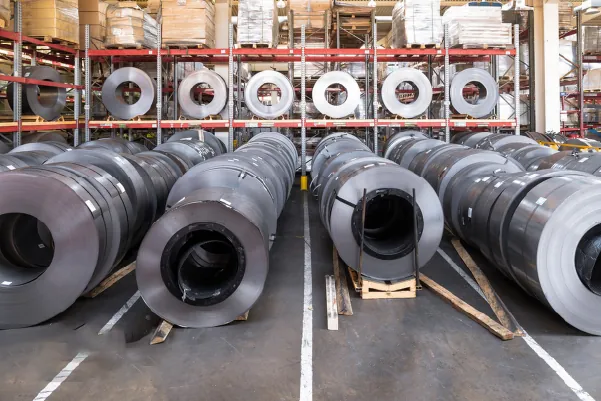
The price of a stainless steel coil is not arbitrary. It's directly tied to the cost of its alloying elements, with nickel being the most significant driver of price volatility. This is why 300-series grades are consistently more expensive than the 400-series. However, the cheapest material is rarely the most cost-effective solution. I've worked with many procurement specialists who have learned this lesson the hard way. A lower-grade material used in a corrosive environment might need replacing two or three times over the lifespan of a single, correctly specified 316 installation. By adopting a Life Cycle Costing (LCC)[^1] approach, you make a strategic investment in durability, not just a short-term purchase.
Beyond the Sticker Price
Thinking in terms of TCO changes your perspective. A higher initial investment in the right grade can lead to massive long-term savings by reducing maintenance, downtime, and replacement costs. It's a critical mindset shift that separates leading companies from the rest.
The Role of Alloying Elements in Cost
| Grade | Key Cost-Driving Alloy | Relative Price | Lifetime Value Proposition |
|---|---|---|---|
| 430 | Chromium | Low | Best for controlled, dry environments where initial cost is paramount. |
| 304 | Chromium, Nickel (~8%) | Medium | The versatile workhorse; excellent value for a wide range of applications. |
| 316 | Chromium, Nickel (~10%), Molybdenum | High | The premium choice for harsh environments; a long-term investment in durability. |
What Is the Final Step to Making an Informed Decision for Your Material Needs?
You have the data and have done the analysis, but you might still hesitate. This analysis paralysis can delay projects and create uncertainty, undermining all your hard work.
The final step is to synthesize all your findings—composition, properties, application, and cost—and then consult with a trusted supply chain partner to validate your choice. An expert supplier can confirm technical suitability, check availability, and ensure a smooth procurement process.

This final step is about converting your research into a confident decision. You've done the technical homework; now it's time to bring in practical, on-the-ground expertise. At MFY, we see ourselves as more than just suppliers; we are an extension of our clients' teams. Our role is to provide that final layer of validation. We can confirm if your chosen grade is the best fit, suggest alternatives if there are availability or cost issues, and leverage our integrated supply chain to ensure rapid, reliable delivery. This is where the power of digital tools and a strong partnership comes into play. It transforms the complex task of material selection into a streamlined, collaborative process that guarantees you get the right material, at the right time, for the right price.
Synthesizing the Data
Review your requirements one last time. Does the grade's chemical resistance match the environment? Does its mechanical strength meet your structural needs? Does the total cost of ownership fit your budget? Answering these questions with the data you've gathered will solidify your choice.
The Value of a Strategic Partner
A true partner does more than just take your order. They provide critical market intelligence and logistical support. At MFY, our fully integrated system, from raw material to finished coil, gives us a unique view of the entire supply chain. This allows us to offer not just a product, but a complete solution—advising on grade selection, guaranteeing stock, and managing the export process seamlessly. This is the agility and resilience that modern businesses need.
Conclusion
Mastering the stainless steel grades chart is not an academic exercise; it's a strategic business skill. By following these five steps, you can confidently navigate material selection, transforming a complex challenge into a source of competitive advantage for your projects and your business.
Have Questions or Need More Information?
Get in touch with us for personalized assistance and expert advice.



